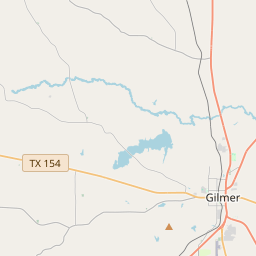Bettie Methodist Church
Historical marker location:






This congregation was organized and a sanctuary built at this site in 1892 principally through the efforts of brothers Jeff and Hillard Parish. According to local tradition, the sanctuary (one of the first buildings in Bettie) probably replaced the abandoned or disbanded Parish Chapel Methodist Church which was located about two miles west of here. In addition to religious services, the community's first school and popular singing and music lessons were held in the sanctuary for several decades after its completion. This congregation continues to serve the community
As one of the most visible programs of the Texas Historical Commission (THC), historical markers commemorate diverse topics in Texas history, including: the history and architecture of houses, commercial and public buildings, religious congregations, and military sites; events that changed the course of local and state history; and individuals who have made lasting contributions to the state, community organizations, and businesses.
The Alamo, a mission in San Antonio, is perhaps the most famous historical site in Texas. It was the site of a key battle during the Texas Revolution in 1836.
The county was officially organized in 1846, and it was named after Abel P. Upshur, a former United States Secretary of State. During the mid-19th century, the discovery of iron ore deposits in the county brought economic development and a boom in population. The industry fueled the growth of several towns, including Ore City and Big Sandy.
The Civil War had a significant impact on Upshur County, as it saw both Union and Confederate sympathizers in the area, leading to conflicts and divisions among the residents. After the war, the county slowly recovered and experienced growth with the arrival of the railroad in the late 19th century. The establishment of the East Texas oil industry in the early 20th century further boosted the county's economy.
Today, Upshur County continues to thrive with a diverse economy that includes agriculture, manufacturing, and oil production. The area also offers numerous outdoor recreational activities, such as fishing, camping, and hiking in the beautiful natural surroundings. With a rich history and a vibrant present, Upshur County remains a significant part of Texas's cultural and economic landscape.
Upshur County Timeline
This timeline provides a concise overview of the key events in the history of Upshur County, Texas.
- 1846 - Upshur County created and organized by the Texas legislature
- 1848 - First county elections held
- 1877 - Construction of the first courthouse
- 1880 - The city of Gilmer becomes the county seat
- 1890 - Population reaches 11,206
- 1900 - First public high school established in Gilmer
- 1930 - Discovery of oil leads to an economic boom
- 1940 - Population peaks at 24,185
- 1967 - Completion of Lake Gilmer, a reservoir for water supply and recreation
- 2009 - Historic Upshur Museum dedicated in Gilmer